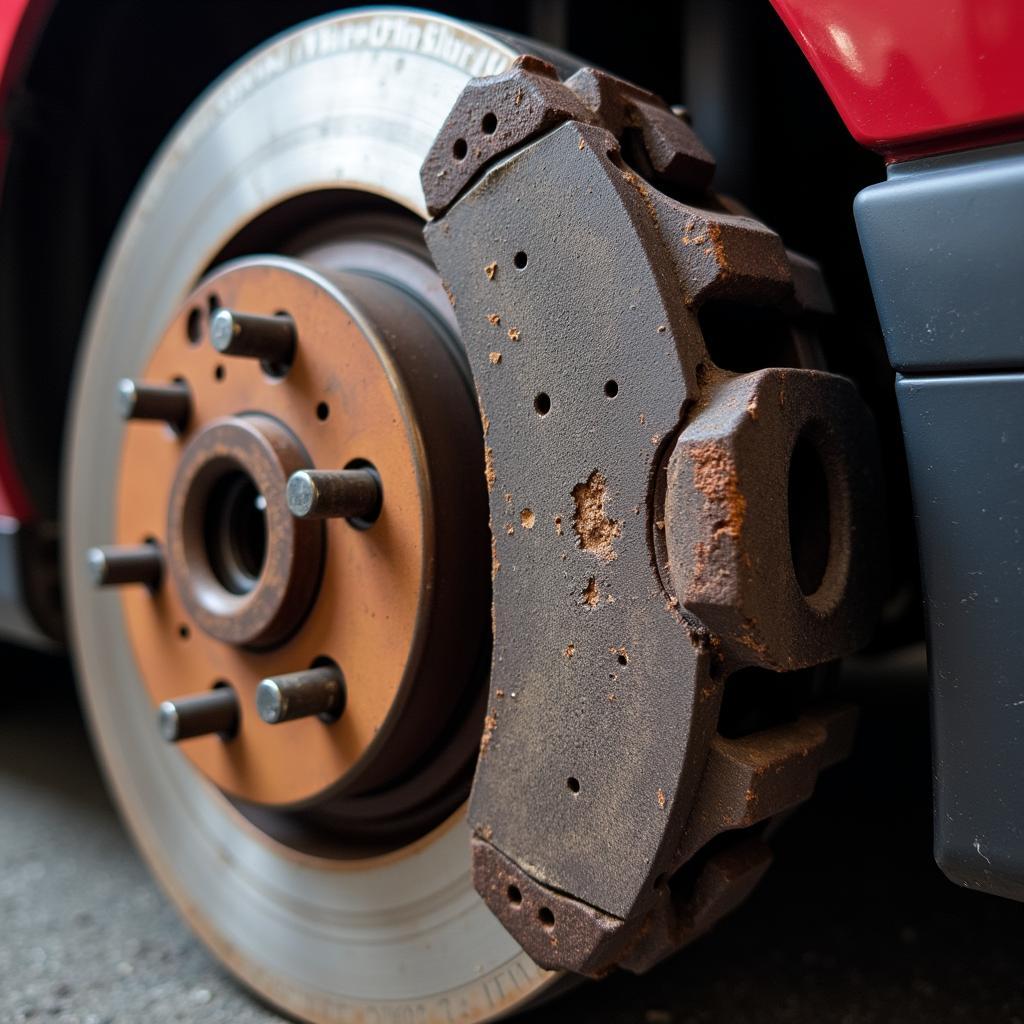A new car battery drained overnight? Or maybe even quicker? It’s frustrating, especially when the battery is brand new. This comprehensive guide dives into the reasons why a new battery might be draining in your car and offers practical solutions to get you back on the road.
Why is My New Car Battery Drained?
Several factors can contribute to a new car battery draining. It’s not always a faulty battery. Sometimes, the culprit lies elsewhere in your vehicle’s electrical system. Let’s explore the common reasons.
Parasitic Draw: The Silent Battery Killer
One of the most common reasons for a drained new battery is a “parasitic draw.” This refers to the electrical current that continues to flow even when the car is off. Things like the clock, radio memory, and security system require a small amount of power. However, a malfunctioning component, like a faulty interior light or a stuck relay, can draw excessive current, draining your new battery.
If you suspect a parasitic draw, you can test it using a multimeter. Will a battery maintainer charge a dead battery? Yes, but if the parasitic draw is significant, even a maintainer won’t be enough.
Faulty Alternator: Not Charging Properly
Another potential issue is a faulty alternator. The alternator’s job is to recharge the battery while the engine is running. If the alternator is failing, it won’t charge the battery effectively, leading to a drained battery, even a brand new one.
Bad Battery Installation: A Simple Overlook
Sometimes, the problem is as simple as a loose battery connection. If the terminals aren’t tightened properly, the battery won’t charge correctly. Double-check your battery connections to ensure they are secure. A bad ground connection can also cause similar issues.
Defective Battery: Rare, but Possible
While less common with a brand new battery, it’s still possible to have a defective battery from the factory. Internal shorts or manufacturing defects can cause the battery to drain rapidly. If you suspect this, have your battery tested at an auto parts store. Knowing whether your problem is a dead battery or starter will help narrow down the issue.
Troubleshooting a New Battery Drained in Car
Here are some steps you can take to troubleshoot a drained new car battery:
- Check the battery terminals: Ensure they are clean, tight, and free of corrosion.
- Test the alternator: Have the alternator tested at an auto parts store or a mechanic.
- Look for interior lights: Make sure all interior lights are off when the car is parked.
- Check the glove compartment and trunk lights: These are often overlooked and can drain the battery if left on.
- Perform a parasitic draw test: Use a multimeter to measure the current draw with the car off.
John Smith, a seasoned automotive electrician, emphasizes the importance of a systematic approach: “Don’t jump to conclusions. A methodical process of elimination is key to identifying the root cause of a drained battery.”
How to Prevent a New Car Battery from Draining
Here are some preventative measures:
- Regularly clean the battery terminals: This will prevent corrosion and ensure a good connection.
- Limit the use of accessories when the engine is off: Avoid running the radio, lights, or other accessories for extended periods when the car isn’t running.
- Have your car’s electrical system checked periodically: This can help identify potential problems before they lead to a dead battery. If your car won’t jump, it’s a good indicator of a larger electrical issue.
- Use a battery maintainer: If you don’t drive your car frequently, a battery maintainer can help keep the battery charged.
Sarah Miller, an automotive diagnostics specialist, advises, “Prevention is always better than cure. Simple maintenance can save you a lot of headaches down the road.”
Conclusion
A new battery drained in your car can be a frustrating experience. However, by understanding the common causes and following the troubleshooting steps outlined above, you can often identify and fix the problem yourself. Remember, even new batteries can fail, or other components can cause drainage. Systematic troubleshooting, preventative measures, and knowing the cause of rapid discharge of battery will keep your car reliably starting every time.
If you’re still unsure about the cause, or if you’re not comfortable working on your car’s electrical system, it’s always best to consult a qualified mechanic. Especially if your car wont start, professional help might be necessary.

